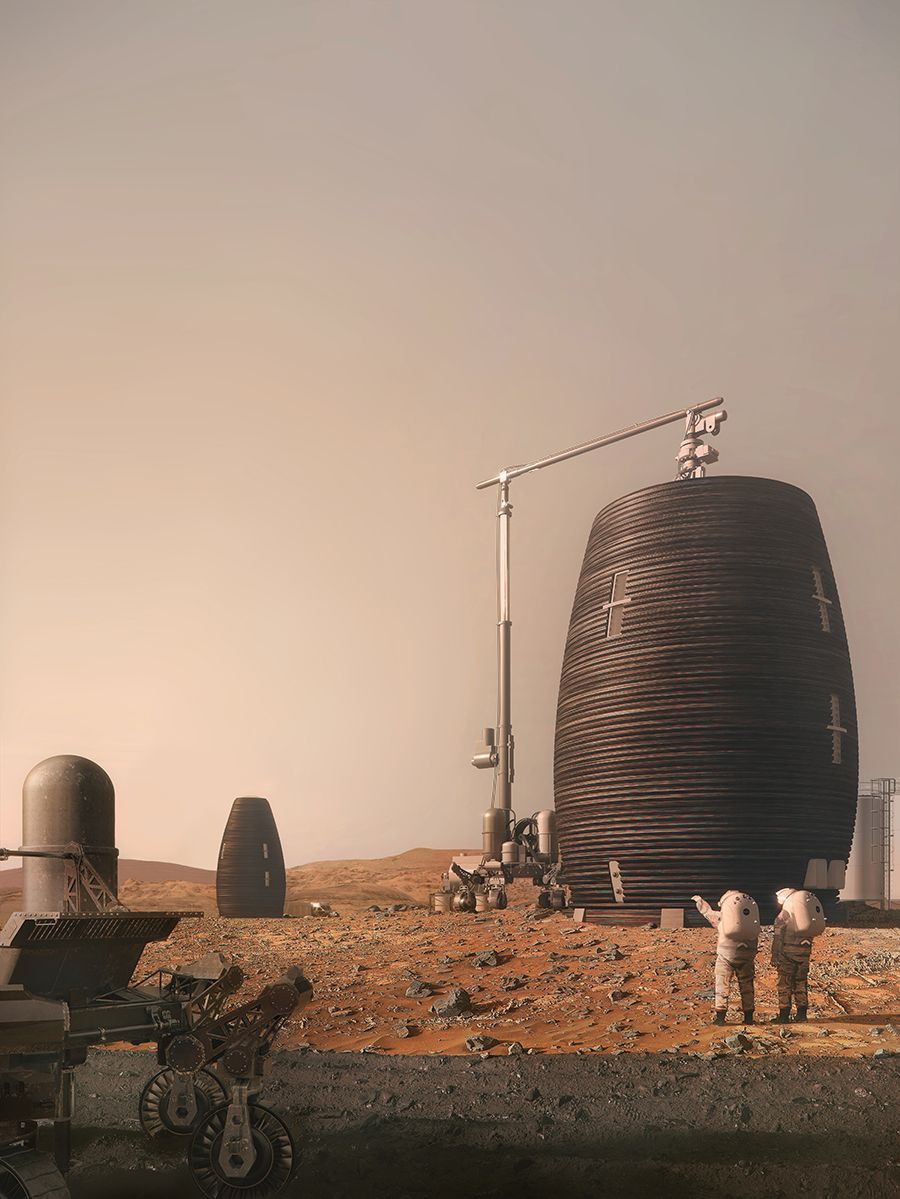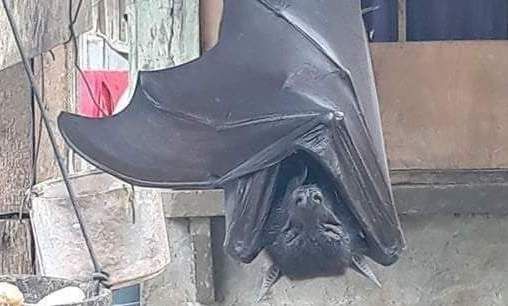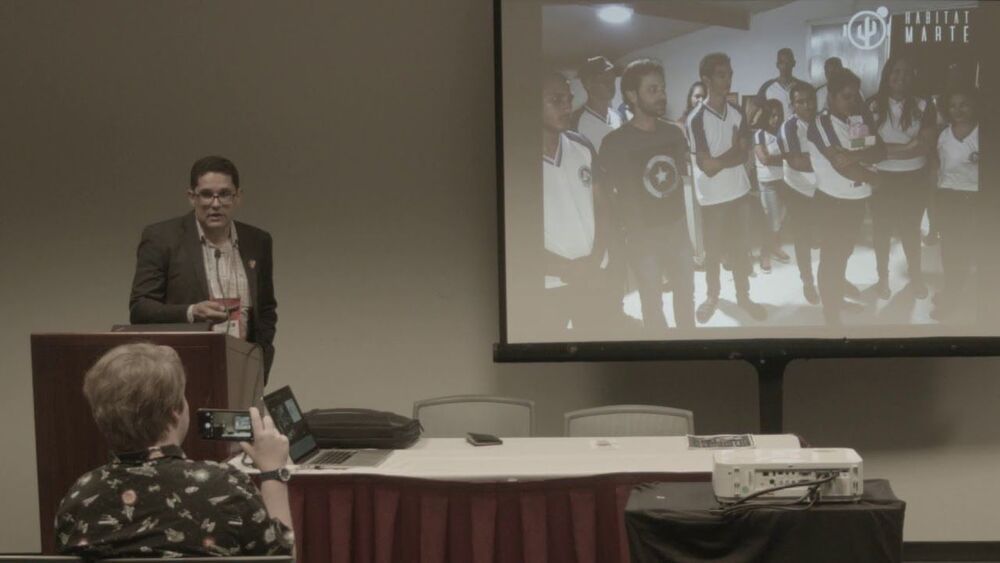A new approach to designing motion plans for multiple robots grows “trees” in the search space to solve complex problems in a fraction of the time.
In one of the more memorable scenes from the 2002 blockbuster film Minority Report, Tom Cruise is forced to hide from a swarm of spider-like robots scouring a towering apartment complex. While most viewers are likely transfixed by the small, agile bloodhound replacements, a computer engineer might marvel instead at their elegant control system.
In a building several stories tall with numerous rooms, hundreds of obstacles and thousands of places to inspect, the several dozen robots move as one cohesive unit. They spread out in a search pattern to thoroughly check the entire building while simultaneously splitting tasks so as to not waste time doubling back on their own paths or re-checking places other robots have already visited.







